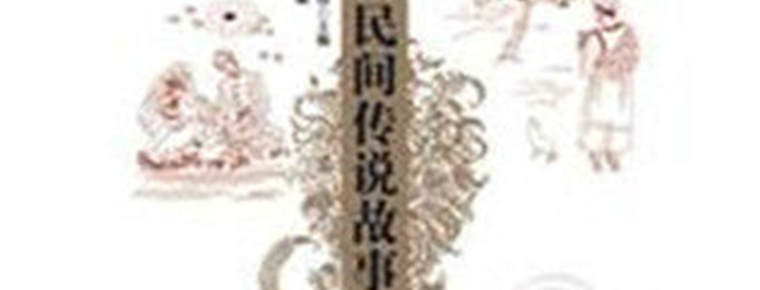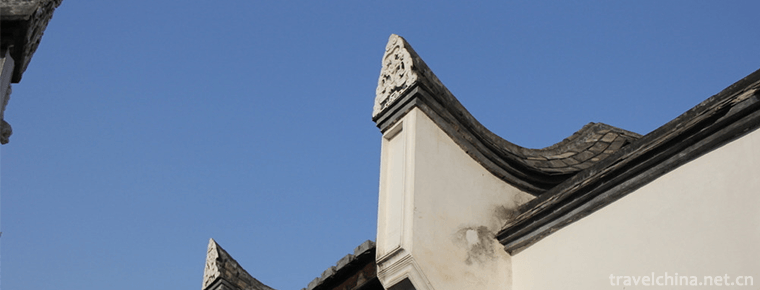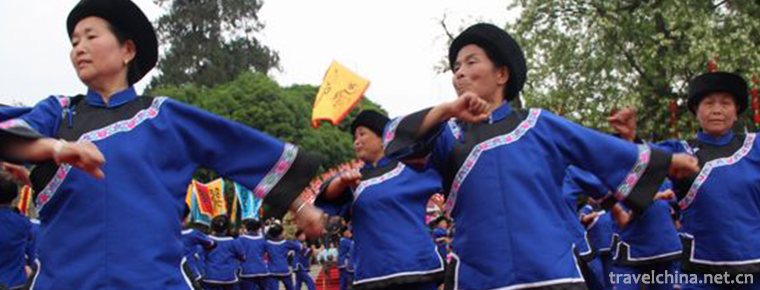2018-12-08

- By ChinaWiki.net
- Chinese Edition
- 2019-05-04
Hui Folk Stories
Hui Folklore Stories is a book published by Ningxia People's Publishing House in 2009 by Li Shujiang and Wang Zhengwei.
This book collects and collates folklore stories widely circulated in Hui concentrated areas in China. A group of stories about Hui people's creation myths, legends and stories about Hui people's recovery of treasures, wisdom figures, love stories, life style and folk animal stories are rich and colorful, expressing the true and touching, and the theme of the stories is simple and simple, reflecting the noble pursuit of truth, goodness, sex, purity and holiness of Hui Muslims. Spirit.
content validity
She is a splendid mountain flower in the garden of Hui folk literature. She is an encyclopedia of Hui folk literature. Her collation, excavation, collection and publication are of great significance for carrying forward excellent national culture, national virtues and cultivating national spirit. May this book become a beautiful window for people to understand and love Hui nationality.
Author brief introduction
Li Shujiang (May 1946 - December 2004) is a Han nationality from Pingluo, Ningxia. He was formerly the director of the Hui Literature Research Institute of Ningxia University, the vice secretary of the Party Committee of Ningxia University, and the vice secretary and vice president of the Party Group of Ningxia Academy of Social Sciences. President and President of Ningxia People's Publishing House. He has been engaged in the research of Hui literature for a long time. He has written two monographs, such as the Outline of the History of Hui Folk Literature. He has edited and published more than 20 academic works and reference books, such as The Series of Hui Literature (9 volumes), and presided over the compilation and publication of The Great Dictionary of Hui Nationality in China by Shanghai Dictionary Publishing House. In June 1994, the publishing house of New York State University published Chinese Hui Myth and Folklore (English edition), co-edited by Professor Carl W. Lukat, which introduced the Chinese Hui folklore system to the West for the first time.

Ask a Question
Your email address will not be published.



0 Questions